-
 © Jayson Fong/Classic & Sports Car
© Jayson Fong/Classic & Sports Car -
 © Jayson Fong/Classic & Sports Car
© Jayson Fong/Classic & Sports Car -
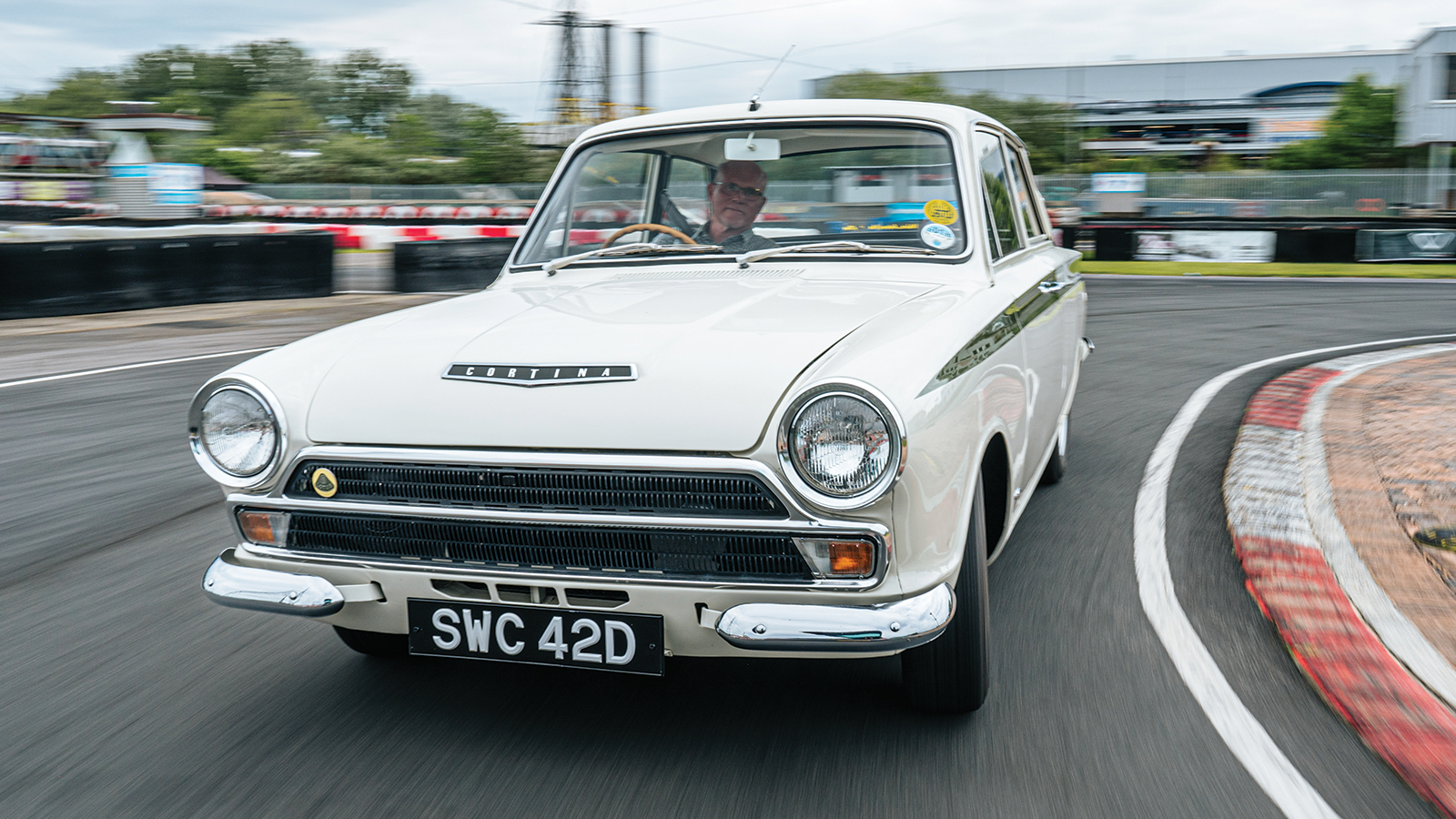 © Jayson Fong/Classic & Sports Car
© Jayson Fong/Classic & Sports Car -
 © Jayson Fong/Classic & Sports Car
© Jayson Fong/Classic & Sports Car -
 © Jayson Fong/Classic & Sports Car
© Jayson Fong/Classic & Sports Car -
 © Jayson Fong/Classic & Sports Car
© Jayson Fong/Classic & Sports Car -
 © Jayson Fong/Classic & Sports Car
© Jayson Fong/Classic & Sports Car -
 © Jayson Fong/Classic & Sports Car
© Jayson Fong/Classic & Sports Car -
 © Jayson Fong/Classic & Sports Car
© Jayson Fong/Classic & Sports Car -
 © Jayson Fong/Classic & Sports Car
© Jayson Fong/Classic & Sports Car -
 © Jayson Fong/Classic & Sports Car
© Jayson Fong/Classic & Sports Car -
 © Jayson Fong/Classic & Sports Car
© Jayson Fong/Classic & Sports Car -
 © Jayson Fong/Classic & Sports Car
© Jayson Fong/Classic & Sports Car -
 © Jayson Fong/Classic & Sports Car
© Jayson Fong/Classic & Sports Car -
 © Jayson Fong/Classic & Sports Car
© Jayson Fong/Classic & Sports Car -
 © Jayson Fong/Classic & Sports Car
© Jayson Fong/Classic & Sports Car -
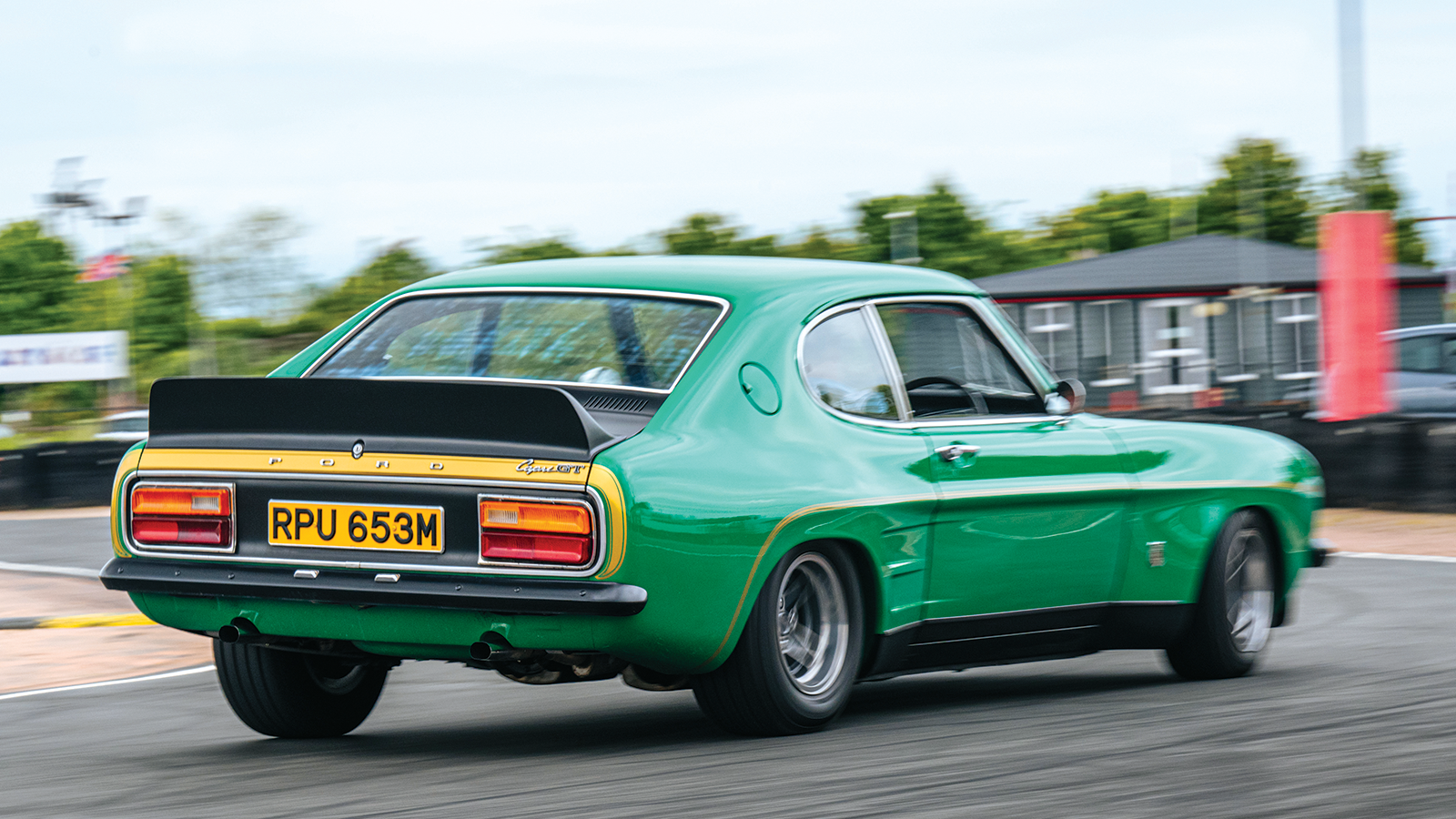 © Jayson Fong/Classic & Sports Car
© Jayson Fong/Classic & Sports Car -
 © Jayson Fong/Classic & Sports Car
© Jayson Fong/Classic & Sports Car -
 © Jayson Fong/Classic & Sports Car
© Jayson Fong/Classic & Sports Car -
 © Jayson Fong/Classic & Sports Car
© Jayson Fong/Classic & Sports Car -
 © Jayson Fong/Classic & Sports Car
© Jayson Fong/Classic & Sports Car -
 © Jayson Fong/Classic & Sports Car
© Jayson Fong/Classic & Sports Car -
 © Jayson Fong/Classic & Sports Car
© Jayson Fong/Classic & Sports Car -
 © Jayson Fong/Classic & Sports Car
© Jayson Fong/Classic & Sports Car -
 © Jayson Fong/Classic & Sports Car
© Jayson Fong/Classic & Sports Car -
 © Jayson Fong/Classic & Sports Car
© Jayson Fong/Classic & Sports Car -
 © Jayson Fong/Classic & Sports Car
© Jayson Fong/Classic & Sports Car -
 © Jayson Fong/Classic & Sports Car
© Jayson Fong/Classic & Sports Car -
 © Jayson Fong/Classic & Sports Car
© Jayson Fong/Classic & Sports Car -
 © Jayson Fong/Classic & Sports Car
© Jayson Fong/Classic & Sports Car -
 © Jayson Fong/Classic & Sports Car
© Jayson Fong/Classic & Sports Car -
 © Jayson Fong/Classic & Sports Car
© Jayson Fong/Classic & Sports Car -
 © Jayson Fong/Classic & Sports Car
© Jayson Fong/Classic & Sports Car -
 © Jayson Fong/Classic & Sports Car
© Jayson Fong/Classic & Sports Car -
 © Jayson Fong/Classic & Sports Car
© Jayson Fong/Classic & Sports Car -
 © Jayson Fong/Classic & Sports Car
© Jayson Fong/Classic & Sports Car -
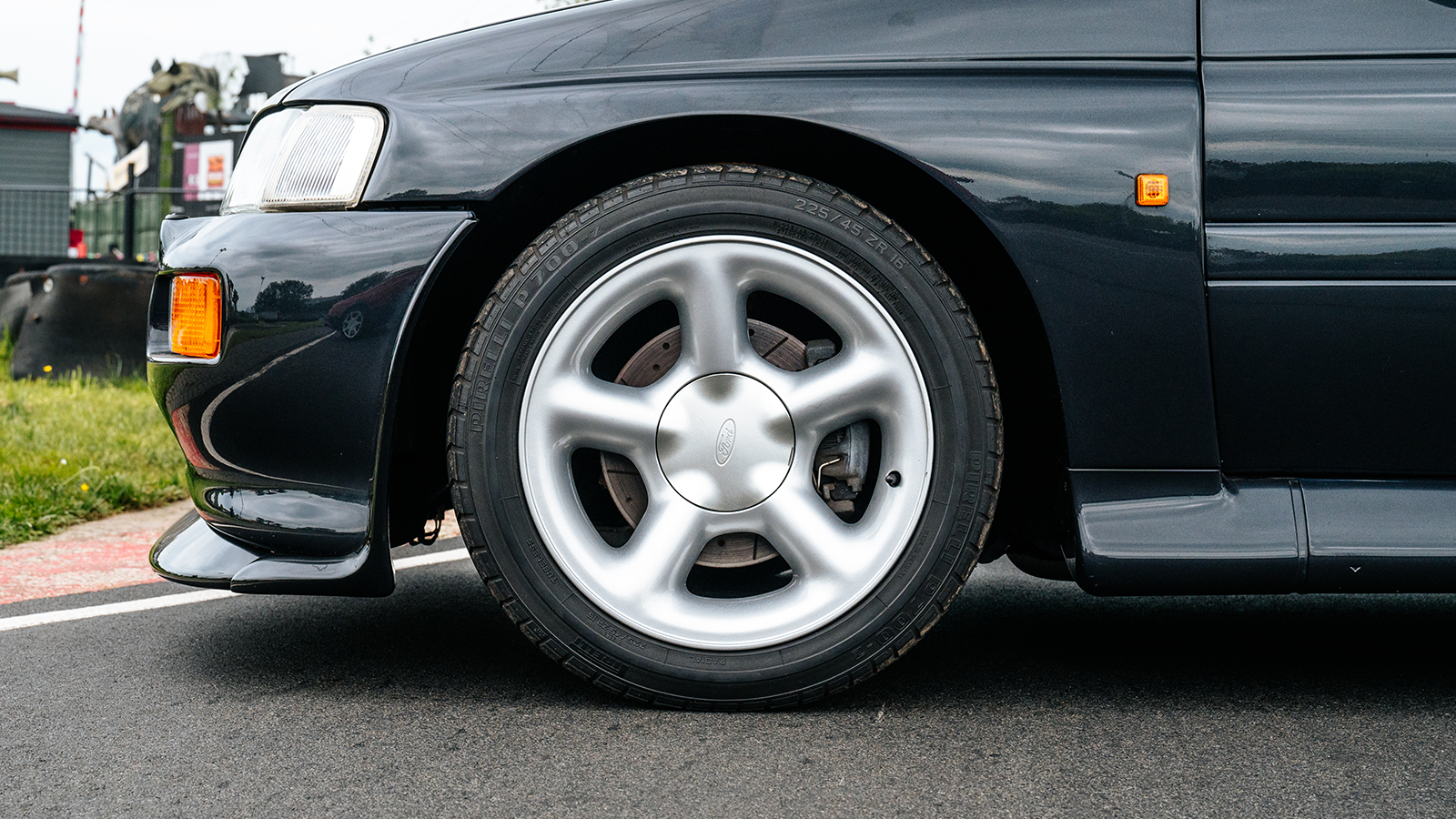 © Jayson Fong/Classic & Sports Car
© Jayson Fong/Classic & Sports Car -
 © Jayson Fong/Classic & Sports Car
© Jayson Fong/Classic & Sports Car -
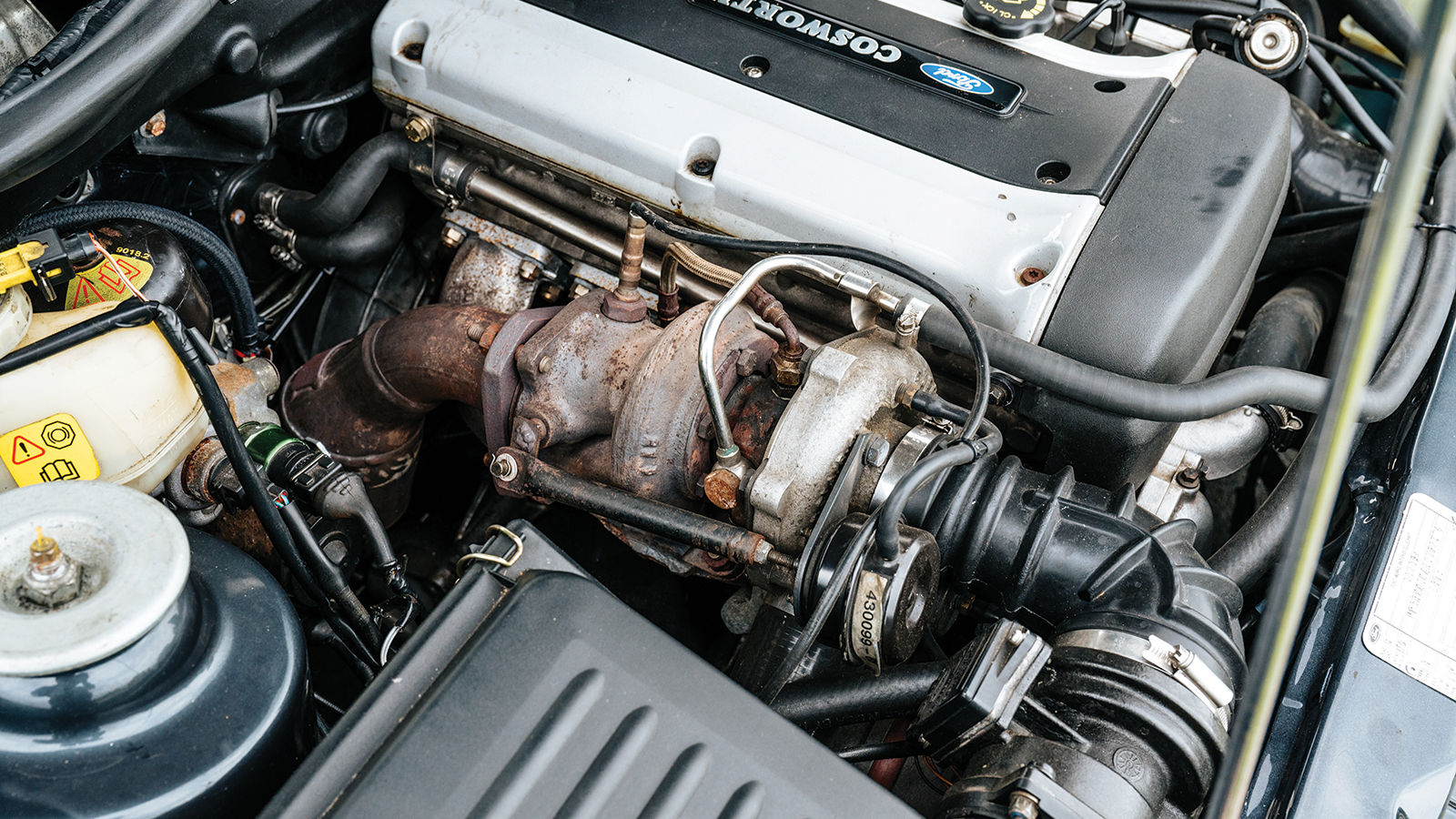 © Jayson Fong/Classic & Sports Car
© Jayson Fong/Classic & Sports Car -
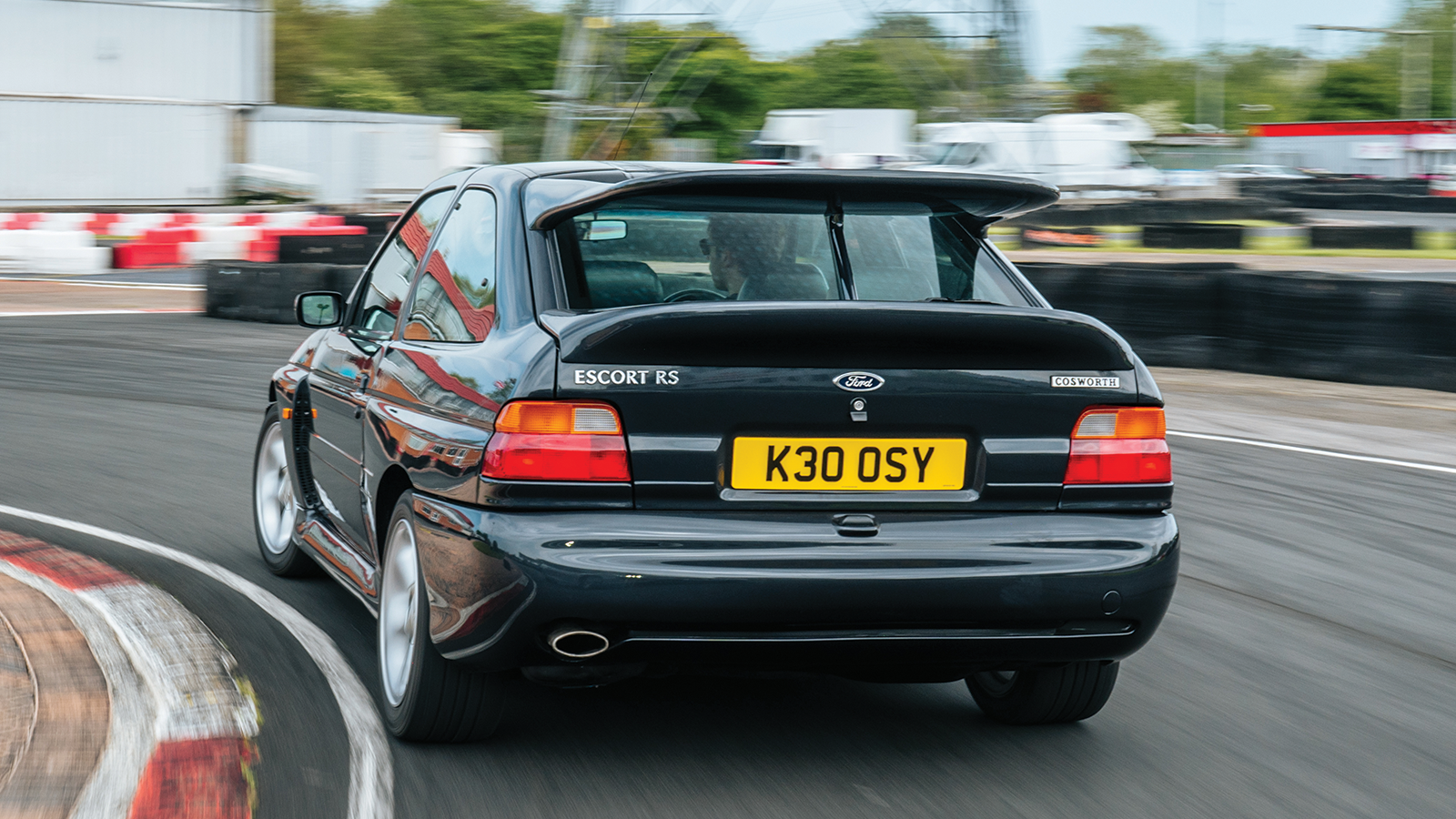 © Jayson Fong/Classic & Sports Car
© Jayson Fong/Classic & Sports Car -
 © Jayson Fong/Classic & Sports Car
© Jayson Fong/Classic & Sports Car -
 © Jayson Fong/Classic & Sports Car
© Jayson Fong/Classic & Sports Car -
 © Jayson Fong/Classic & Sports Car
© Jayson Fong/Classic & Sports Car -
 © Jayson Fong/Classic & Sports Car
© Jayson Fong/Classic & Sports Car -
 © Jayson Fong/Classic & Sports Car
© Jayson Fong/Classic & Sports Car -
 © Jayson Fong/Classic & Sports Car
© Jayson Fong/Classic & Sports Car -
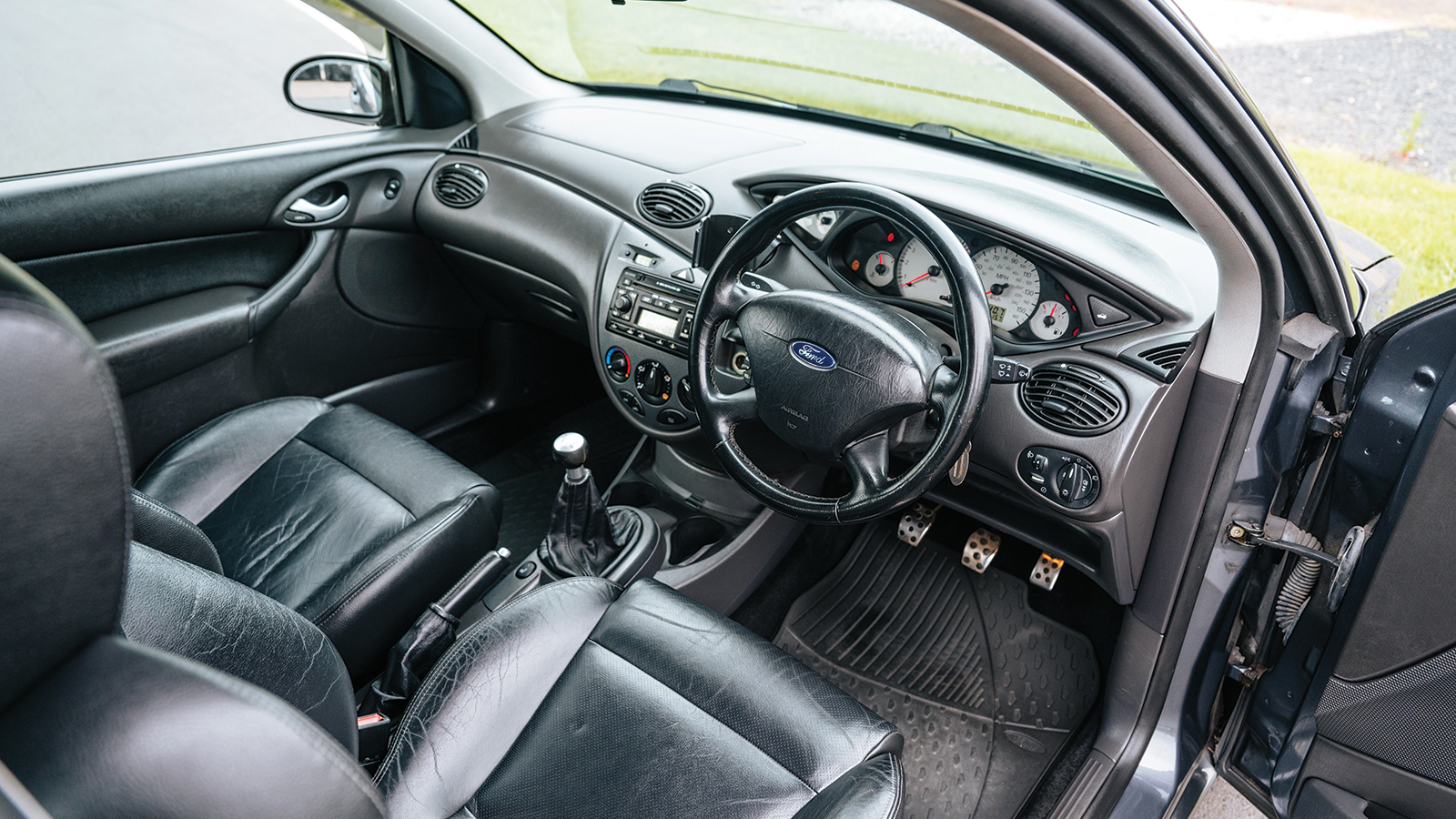 © Jayson Fong/Classic & Sports Car
© Jayson Fong/Classic & Sports Car -
 © Jayson Fong/Classic & Sports Car
© Jayson Fong/Classic & Sports Car -
 © Jayson Fong/Classic & Sports Car
© Jayson Fong/Classic & Sports Car -
 © Jayson Fong/Classic & Sports Car
© Jayson Fong/Classic & Sports Car -
 © Jayson Fong/Classic & Sports Car
© Jayson Fong/Classic & Sports Car -
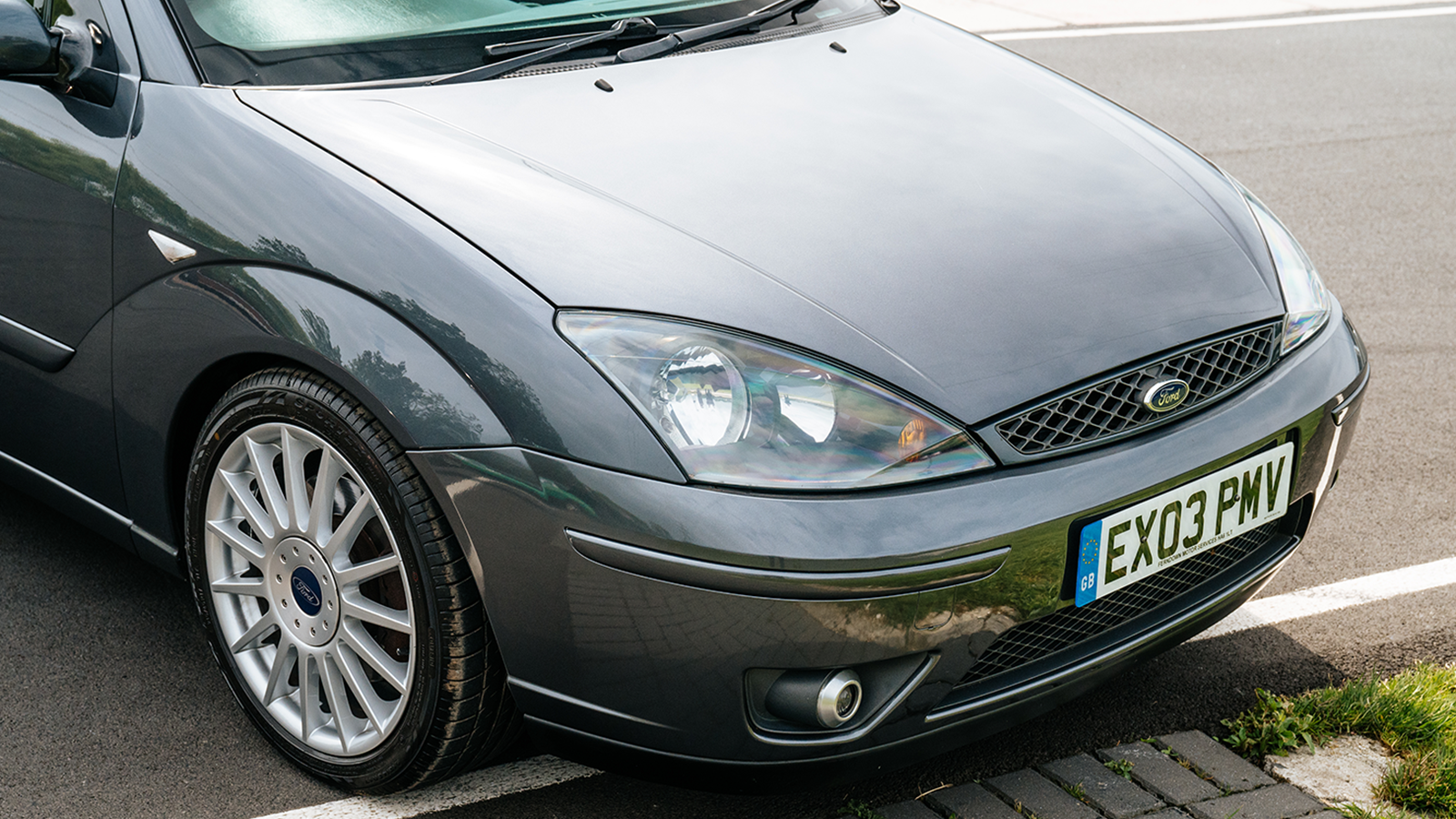 © Jayson Fong/Classic & Sports Car
© Jayson Fong/Classic & Sports Car -
 © Jayson Fong/Classic & Sports Car
© Jayson Fong/Classic & Sports Car -
 © Jayson Fong/Classic & Sports Car
© Jayson Fong/Classic & Sports Car -
 © Jayson Fong/Classic & Sports Car
© Jayson Fong/Classic & Sports Car
-
Blue Oval brilliance
By the dawn of the 1960s, Ford had already done more to democratise the motor car than any other marque, but, never a firm to miss an opportunity to make a bit extra money, the Blue Oval brought high-performance machinery to a whole new section of society with the Lotus Cortina of 1963.
And it has been at it ever since.
While others have dipped in and out of the market, with cheap sports cars or hotted-up versions of family cars, Ford has offered a virtually unbroken line of attainable performance models in Britain to the present day.
-
Evocative nameplates
Despite that continuity, it has taken markedly different approaches to reach those ends.
Most famous have been the motorsport-inspired RS models, but it all began with external input from Lotus – and there would be collaboration once again with Cosworth, a name attached to the most extreme products of the 1980s and ’90s.
Simultaneously, a lower-priced line was introduced wearing the XR moniker, followed by the modern ST badge.
To mark six decades of blue-collar performance, we’ve gathered our pick from each arm of the ubiquitous ‘Fast Ford’.
-
1. Lotus Cortina
The Lotus Cortina was transformative for Ford of Britain.
Like switching from black-and-white to colour TV, it brought depth and pizzazz to a worthy but rather dull brand and aligned it with the chutzpah of the ’60s.
That its sporting legacy permeated through successive decades at Ford was testament to the vision not of a designer or engineer, but a PR man.
Walter Hayes had been associate editor of the Daily Mail before he joined Ford in 1962, when the firm was embarking on the launch of its all-new Consul (soon to be Cortina).
-
Lotus Cortina (cont.)
Hayes had previously commissioned Lotus founder Colin Chapman to write a column for him at the newspaper, and the two had formed a bond – in Ford at Dagenham, David Burgess-Wise quotes Hayes as saying: “I paid [Chapman] so much money as a journalist that sometimes I think I started Lotus!”
Competent though the new car was, Hayes thought it lacked excitement and, knowing that Chapman had developed a twin-overhead-cam head – designed by Autocar technical editor Harry Mundy – for Ford’s 1500cc Kent engine, Hayes saw an opportunity.
-
Lotus Cortina (cont.)
Conceived for Lotus’ new Elan, and with power boosted from 60 to 105bhp, the unit was given to Keith Duckworth and Mike Costin (who’d recently set up as Cosworth engine tuning) to develop it further for production and racing.
To optimise its performance in the 1600cc class, they increased capacity from 1498 to 1558cc, and revised the design of the engine ports.
Hayes struck a deal with Chapman to build 1000 Lotus Cortinas to homologate the model for Group 2, with Ford providing the two-door body and all bespoke work being carried out at Lotus’ Cheshunt factory in Hertfordshire.
-
Lotus Cortina (cont.)
And those modifications were extensive: the Lotus Cortina’s bootlid, bonnet and doors were all formed from aluminium, as were its clutch and differential casings; the engine was mated to a close-ratio, four-speed gearbox; and the front suspension was lower, with shorter struts.
But the most radical chassis change was a new, coil-sprung rear end, which replaced the standard car’s leaf springs and used a clever A-frame mounted on the diff to control the increased torque and provide sideways location.
There was additional bracing behind the back seats, from the rear arches to the sills, necessitating the relocation of the spare wheel.
-
Lotus Cortina (cont.)
This, along with the battery moving to the boot, improved weight distribution.
Almost all Lotus Cortinas were painted white, with green flashes along flanks that now sported Lotus badging, and rode on purposeful-looking 5.5J steel wheels.
Launched in January 1963, the Lotus Cortina was Britain’s must-have car from the off, helped in no small part by its near-instant success on circuits around the world.
-
Lotus Cortina (cont.)
Alan Mann Racing ran the cars in Europe, but in the UK it was the enduring image of Jim Clark’s Team Lotus car, inner-front wheel cocked in mid-drift, that captured the public’s imagination.
No surprise that Clark and the Lotus Cortina clinched the British Saloon Car Championship in 1964.
Autocar praised the fact that the road car was: ‘By no means a “racer”, and there is none of the temperament, intractability, plug-oiling and fervour the name implies.’
But the car was far from fully resolved when it first reached customers, resulting in several changes over the following two years.
-
Lotus Cortina (cont.)
High gearing (Autocar managed 47mph in first) meant a change of ratios, plucked from the mildly tuned Cortina GT, then in 1964 the aluminium panels were replaced with steel items, and a few months later the rear suspension was switched to the GT’s leaf-spring set-up with radius arms.
On paper, the Lotus Cortina had lost some of its race-bred joie de vivre, but commercially it made for a more durable product, and one that lost little of its dynamic prowess along the way.
-
Lotus Cortina (cont.)
David Cook has owned his ’66 Lotus Cortina since 2006 and it remains much as it left the factory, with the fitment of Sprint camshafts the only upgrade, adding an extra 15bhp.
David reports impressive reliability in his ownership.
Sitting in the light, spacious cabin, you peer down at the serious-looking bank of six clocks from a fairly high-set driver’s seat, with the classic wood-rimmed, three-spoke steering wheel before you.
-
Lotus Cortina (cont.)
Vision is excellent, and the Ford ticks all the right ergonomic boxes with the positioning of the main controls.
Engage first through the short-throw 2000E ’box, prod the heavy throttle to elicit that distinctive warble from the twin-choke Webers and the Cortina feels completely at home on our test track.
The Twin Cam pulls from 1500rpm and sounds best some way short of its 6500rpm redline, after which it gets a little thrashy.
-
Lotus Cortina (cont.)
But is this really a 57-year-old car?
With no squeaks, rattles or flexing, the Cortina is adroit and composed, with minimal body roll and an assured turn-in.
It’s just a shame that, try as I might, I can’t get any air under that inside front while clipping those apices…
-
2. Ford Capri RS 3100
Not all roadgoing homologation specials mimic the highly strung, knife-edge nature of the racing counterparts they’ve been tasked with legitimising.
The Ford Capri RS 3100 is a case in point.
Sure, its visuals made a subtle (or not-so-subtle, when fitted with the ‘Cologne’ bodykit) distinction between it and the 3000 GXL on which it was based, but beneath the skin an RS 3100 wearing a numberplate was seismically different from its warrior sibling.
-
Ford Capri RS 3100 (cont.)
The RS 3100 was the second homologation Capri developed by Ford’s Advanced Vehicle Operations (AVO) in Aveley, Essex, the first being the left-hand-drive RS 2600, conceived for production in Germany.
The 3100 – and particularly its raised capacity – was conceived to homologate the Ford Capri for the ’74 European Touring Car Championship.
Rival BMW had already increased the displacement of its production 3.0 CSL from 2986 to 3003cc, so its storming 3.5-litre racer could do battle in the over-3-litre class.
-
Ford Capri RS 3100 (cont.)
Using the GXL platform, Ford followed suit with the Capri, boring its 2994cc ‘Essex’ V6 out to 3091cc and cataloguing the car as the RS 3100.
The fact that it did without the racer’s Cosworth-developed engine – complete with twin-cam, 24-valve cylinder heads that helped it achieve 454bhp – would probably have mattered little to prospective buyers.
This was, after all, a Capri, where looks came first…
But the RS 3100 was far from a sheep in wolf’s clothing, thanks to a menu of upgrades carried over from the RS 2600.
-
Ford Capri RS 3100 (cont.)
Ventilated 9¾in brake discs appeared at the front, and the Ford Capri’s MacPherson struts and leaf-sprung live rear axle were boosted by revised front uprights and Bilstein dampers all round.
A prominent ‘ducktail’ boot spoiler (a boon for high-speed stability on the racer) and front chin spoiler brought some aggression, along with black rather than chrome bumpers, quad headlights and gold stripes along its flanks (curiously, ‘3000 V6’ and ‘GT’ badging was carried over).
-
Ford Capri RS 3100 (cont.)
While the Essex V6’s capacity increased by 97cc, according to Ford there was no change in power (148bhp) versus the 3000 GXL – no great surprise, since the RS 3100 retained the GXL’s six-valve heads – though there was a torque climb from 173 to 187lb ft.
But by contemporary standards its headline figures were decent, with the 0-60mph sprint dispatched in 8 secs on its way to a maximum speed of 124mph.
However, like many of its sporting rivals that were unleashed in 1973, the RS 3100 hit the UK market in the midst of a crippling fuel crisis.
-
Ford Capri RS 3100 (cont.)
Just 247 cars were built at Ford’s Halewood plant (plus six pre-production cars) during November and December 1973, and it soon became clear that the car was going to be a difficult sell, despite its motorsport links.
Discounting was an inevitable consequence but, even then, the last 50 cars had to be packed off to Australia after the well ran dry in Britain.
Chris Griffiths has owned his Modena Green RS 3100 since 1986, before which it had spent time as a hillclimb and sprint car.
-
Ford Capri RS 3100 (cont.)
The most obvious upgrade is the addition of a ‘Cologne’ bodykit, a period option that replicated the looks of the RS 2600 racers.
It sets the car off perfectly – especially when complemented by the fat, non-standard 7½in-wide four-spoke wheels – looking like a racing refugee for the road.
Chris’ Capri was also fitted with Ford’s triple-carb conversion in the ’70s, and since then its keeper has had the cylinder heads ported and higher-lift Ric Wood camshafts installed, upping power to 235bhp.
-
Ford Capri RS 3100 (cont.)
Given that the RS 3100 weighs little more than 1100kg (based on GXL data), that should make for an enthralling drive.
Belting yourself into the well-padded vinyl bucket seats, apart from an aftermarket four-point harness you could be in any regular Capri.
Ahead is a large slab of an instrument binnacle containing two main clocks for revs (reading up to 7000rpm) and speed, with ancillary dials on either side.
-
Ford Capri RS 3100 (cont.)
The bland, two-spoke steering wheel is an incongruous item for a homologation special, and looks as if it’s been plucked from a 1300L.
But, lack of cabin ambience aside, the RS 3100 redeems itself with a turn of the key.
The Essex V6 is deep-throated and gloriously old-school, compared with the note of the more anodyne-sounding Cologne unit fitted to later Capris.
-
Ford Capri RS 3100 (cont.)
As you accelerate down the track, peering over the expansive bonnet with its provocative central bulge, the RS 3100 starts to fulfil its racer-for-the-road remit.
There’s lots of torque, so no need to constantly bother the redline (in my experience, Essex V6s sound quite tappety in their upper reaches), and, allied to a quite long-throw but precise gearshift, the big Ford can be rowed along effortlessly.
The brakes are strong and progressive but, while dry grip is prodigious from those 235-section tyres, on our test track’s tighter bends the Capri’s steering is its Achilles’ heel.
-
Ford Capri RS 3100 (cont.)
It’s relentlessly heavy and, for a manual rack-and-pinion system, transmits little feel through the wheel.
But if we were at a track day at Spa, yomping through the fast, flowing bends, you could see the RS 3100’s blend of secure handling and big-hearted performance coming in to its own.
You’d just need a CSL in tow to keep it honest.
-
3. Ford Sierra XR4i
As Ford’s RS range became faster, more advanced and more expensive throughout the 1970s, Dagenham needed to fill the growing gap between its mainstream range and the hardcore sports models.
There were examples of this before the XRs arrived, namely the Escort Mexico and Fiesta Supersport, but these were sporadic.
With the ‘Experimental Racing’ moniker, Ford found a reliable formula for its value sporting line-up.
-
Ford Sierra XR4i (cont.)
The Escort XR3 was the first to arrive, part of new Ford of Europe chief Bob Lutz’s drive to add “perceived value” to his cars in the face of Japanese competition he knew Ford couldn’t beat on price or quality.
Where the Fiesta Supersport had appeared to have ram-raided a Ripspeed branch and kept whatever randomly stuck to it, the XR3 looked to the Continent for its styling cues.
The aero equipment would be more subtle, the alloy wheels a classy teledial style, the interior cloth designed by Patrick le Quément and the stickers optional.
-
Ford Sierra XR4i (cont.)
The next XR, the Fiesta XR2, was developed by Ford’s new Special Vehicle Engineering team in response to the XR3’s dynamic inferiority to the Golf GTI.
SVE’s first job had been the highly successful Capri 2.8 injection, and the new XR2 proved popular, too.
Picking up where the Supersport left off, the XR2 was the only Mk1 Fiesta offered with a 1.6-litre engine, repelling any criticism that it was a mere trim level, and, with 83bhp in such a compact package, it was a hoot.
-
Ford Sierra XR4i (cont.)
At its peak, 25% of all Fiesta sales were XR2s, and the model was twice as profitable as a 1.1L.
Rounding off a manic first two years, SVE then polished the XR3 into the much-improved XR3i.
Such was the success of the two junior XR models that the incoming Sierra was conceived with an XR4 version from the start, though its arrival lagged six months behind the rest of the range because of a late-in-the-day decision to fit the Capri injection’s 148bhp, 2.8-litre V6, rather than a smaller, 2.3-litre engine.
-
Ford Sierra XR4i (cont.)
The changes from standard Sierra to XR4i are of another magnitude to the XR2 and XR3, however.
Plastic cladding around the lower third of the Sierra, complete with red striping, gives it a much more purposeful stance and, crucially, adds visual texture to a car mocked in standard form as a ‘jellymould’.
Then there’s the famous double-plane rear wing and futuristic horizontal-bar graphics on both the badging and the C-pillar window.
-
Ford Sierra XR4i (cont.)
And not only was this the only Sierra model to be fitted with the 2.8 V6 (until replaced by the XR4x4), but it also had its own unique bodyshell – all other two-door Sierras made use of a four-light body, rather than the quirky six-light.
On the road, big brother feels very different in character from the XR2 and XR3 that came before.
Where those cars were rough, ready and rambunctious, the XR4i is a much more refined experience.
-
Ford Sierra XR4i (cont.)
The springing is fairly soft, giving a comfortable ride but a fair amount of roll in corners – and that’s despite stiffer anti-roll bars over a standard Sierra.
The engine is no doubt the sportiest part of the XR4i, the familiar 2.8-litre Cologne V6 being muscular enough to feel quick – even when stepping straight from the Escort RS Cosworth – thanks to its impressive low-down grunt.
Because of that slightly wallowy feeling, many suggested that it missed the trick of the preceding XRs, which provided greater handling precision by virtue of their lightness.
-
Ford Sierra XR4i (cont.)
Yet today it’s one of the most accessibly fun cars here. With the lusty, gruff-sounding engine, it behaves much like a European take on a pony car.
There’s nothing groundbreaking about its handling, but it is well balanced, the gearshift is satisfying and it has an entertaining tendency to step out at the rear when provoked.
The same comfort-orientated focus that prevents it from pinging from corner to corner like a Fiesta also removes any hesitation to jump into the Sierra for a long, cross-country drive, or one down poorly surfaced roads.
-
Ford Sierra XR4i (cont.)
The XR4i was a far more grown-up performance car than had previously been seen from XR, but as a budget sporting GT it was a remarkably capable effort that today transports you back to a time of red-pinstriped dashboards and neon-green digital status displays.
‘Our’ 1984 XR4i, looked after by Allen Patch, is a rare, low-mileage survivor that’s been recommissioned over the past five years.
It’s an XR4i that was loaded with extras from new, too, reflecting Ford dealers’ desperation to get Sierras out the door in the model’s early days.
-
Ford Sierra XR4i (cont.)
The 15in alloy wheels, identical in design to those later seen on the Capri 280, are actually a dealer-fit extra that predated the special-edition Capri, and to the correct Sierra offset.
The XR4i’s white pinstripe, another dealer option and again taken from the Capri, features cursive ‘Injection’ script that looks incongruous alongside the futuristic ‘Sierra’ and ‘XR4i’ typeface on the rest of the car.
Both details demonstrate the biggest single problem the XR4i faced, and what stopped it from being an unqualified success: that the Capri 2.8i still existed, was cheaper, and was beloved by British buyers in particular.
-
4. Ford Escort RS Cosworth
Ford and Cosworth had an established relationship long before the famous name appeared on a road car, with many of the ’70s RS models featuring engines with varying degrees of Cosworth involvement.
When Ford finally decided to put the name on a car, however, it was reserved for the most potent model in the line-up, guaranteeing a full-fat motor under the bonnet.
The ‘Cossie’ legend was born.
-
Ford Escort RS Cosworth (cont.)
First came the Sierra RS Cosworth, giving a debut to the YB engine that would power all RS Cosworths.
Based on the 2-litre, all-iron Pinto unit, Cosworth first developed a twin-cam version, the YAA, which was then turbocharged to create the YB.
Ford bought into the idea, seeing it as the ideal engine for a programme to take the Sierra racing and improve its appeal.
Cosworth, though, insisted on a deal for 15,000 motors, not wanting to take on a small-run job after its rapid expansion in the 1970s.
-
Ford Escort RS Cosworth (cont.)
Enthusiasts everywhere should be thankful it did.
Just 5000 were needed for homologation, but, with Ford a willing partner as it basked in the glory of the Sierra’s crushing Touring Car performances, further Cosworths needed to be built to house the remaining engines.
Next came the Sierra Sapphire RS Cosworth, which put the same drivetrain in a four-door body and would become the biggest-selling Cossie of all.
-
Ford Escort RS Cosworth (cont.)
Then that car gained four-wheel drive as part of Ford’s assault on the World Rally Championship – though it proved too heavy compared to the Deltas and Celicas it came up against.
With the Sierra heading out of production, and the rally team crying out for a smaller, lighter challenger, the stage was set for the new 1990 Escort Mk5.
Like the Sierra before it, the Escort range was not without need of some motorsport heroics to improve its image – though the new RS Cosworth would be more Sierra than Escort beneath.
-
Ford Escort RS Cosworth (cont.)
The Sapphire 4x4’s platform and running gear were shortened, then grafted into a much-modified three-door Escort superstructure by Ford SVE, while new bodywork was assembled by Karmann that, though clearly still based on the Escort, was stretched, pulled and added to extensively.
The famous YB was updated, too, now rated at 224bhp in YBT form, of which a rush of 2500 were built before the end of 1992 to ensure homologation.
These early ‘big turbo’ cars are infamous for their all-or-nothing power delivery, though some still prefer them for the savagery of their acceleration once the Garrett T3/T04 turbocharger has finally spooled up.
-
Ford Escort RS Cosworth (cont.)
This 1996 car is of the later YBP ‘small turbo’ Cossies, built from ’94.
Its Garrett T25 blower does make it an easier car to drive, the power building with increased urge from 3500rpm in a noticeable but steady fashion.
You still need to keep the Escort on boost to get real pace, though: a gentle driver would find it thoroughly unremarkable.
-
Ford Escort RS Cosworth (cont.)
When driven in the fashion its outrageous styling demands, it is a thrilling machine with a playful 34:66 front-to-rear power split that allows a degree of adjustability to complement its exceptional grip.
Unlike the Sierras, the Escort benefits from drastically blistered arches that allow 8in-wide wheels.
The extra rubber, along with its lower weight, gives the Escort an edge over its forebears.
It’s easy to see why the rally team was keen, with the smaller body giving improved agility – but not so short as to feel unstable.
-
Ford Escort RS Cosworth (cont.)
While the car did achieve a number of individual WRC wins, however, it never won the hoped-for titles, struggling in the face of more technically advanced Japanese opposition.
Competition was crucial to the RS Cosworth brand, and the Escort was successful enough on the stage to give the road car some reflected glory.
The Cossie is at its most appealing when subjected to some rally-inspired white-knuckle driving, because in these moments you can ignore the one part of the car that’s largely the same as a standard Escort: the interior.
-
Ford Escort RS Cosworth (cont.)
While few buy an RS Cosworth looking for luxury, the Mk5 cabin feels particularly cheap, even when compared to older cars such as the Sierra XR4i.
Though nicely laid out, the dash is a rattly, scratchy thing, and those controls that are so effective when subject to brutish treatment feel a bit clumsy and unrefined at low speeds.
It’s remarkable how little embellishment was added to the Cosworth, considering it cost as much as a mid-range BMW 5 Series in 1992.
-
Ford Escort RS Cosworth (cont.)
Inside, the only major addition is the heavily bolstered leather seats.
The Escort is striking for its single-minded focus, which sets it apart from XR models and even many RSs that put a greater emphasis on style.
The Cossies placed an iron fist in a tough work glove – and have become working-class icons as a result.
-
5. Ford Focus ST170
The late 1990s was a confused time for Ford’s performance offerings.
There were still great cars being made, but both RS and XR had gone – the latter for good – and it seemed to be using every name it could think of for its sporty models: Fiesta Zetec S, Racing Puma, Escort GTI, even a Cosworth badge on a lardy Scorpio.
In 1997 the Mondeo added yet another: ST24.
-
Ford Focus ST170 (cont.)
Accounts differ as to whether ST stood for ‘Street’ or ‘Sport’ Technologies, but, much like with XR, it wasn’t important what the letters referred to, just that it sounded sporty, different and cool.
But that first ST24 was really just a new trim level in the Mondeo range that added a bodykit, nice wheels and some sports seats.
The limited-edition ST200 of 1999 is where the story really hotted up, gaining a 34bhp power boost over the other 2.5-litre V6 models.
-
Ford Focus ST170 (cont.)
Where previously talented engineers had tightened-up mainstream offerings with often mediocre road manners, the ST200 was a sporty version of a car that was already a dynamic class-leader.
The same was true of the Racing Puma – which would likely have been an ST had it been released a year or so later.
The common factor was engineer Richard Parry-Jones.
The success of these cars, both in terms of sales and in boosting Ford’s image as a builder of genuine world-beaters, gave Parry-Jones huge authority as he developed a replacement for the Mk6 Escort, the Focus.
-
Ford Focus ST170 (cont.)
In standard form the Focus wowed all who drove it in 1998, with its ‘control blade’ independent rear suspension a more sophisticated package than any of its competitors.
It wasn’t just the best handler in its class, either: the Focus beat many more expensive cars when it came to its refinement and the perfect weighting of its controls.
Unsurprisingly, then, it’s the car here that feels least different from the cooking model on which it was based, but the ST170 turns everything that’s great about the first Focus up to 11.
-
Ford Focus ST170 (cont.)
Another example of the UK-based SVE team’s good work, the ST170’s most distinctive feature is, fittingly, its eponymous 171bhp engine.
With input from Cosworth, the unit gained a reworked cylinder head over the 2-litre Zetec, featuring variable intake timing and stronger forged internals to tolerate the higher redline.
The result is a thrilling engine that recaptures much of the fizzing, rev-happy energy of the Focus 1.6’s Yamaha/Mazda-developed unit, which had overshadowed all of the other engines in the line-up.
-
Ford Focus ST170 (cont.)
A honking ‘bwaarp’ of induction noise greets the driver with every forceful push of the throttle, the sort normally only achieved by fitting the large, naked pod-style air filters beloved by boy racers – though this engine is entirely stock.
It’s a surprisingly tractable unit, not the peaky twin-cam you might expect.
Much like its famed Honda Type R contemporaries, the variable-valve-timing system allows it to behave like an ordinary, torquey 2-litre ‘four’ for much of its rev range, before transforming into a screamer at around 5000rpm.
-
Ford Focus ST170 (cont.)
A tragic demonstration of the engine’s success is how the greatest threat to the survival of remaining ST170s has been the voracious appetite to put the unit into rear-drive Mk2 Escorts.
Though Ford’s accountants might have been tempted, SVE didn’t just fit its improved engine to the brilliant standard Focus chassis.
The suspension was firmed-up and the steering rack sharpened, both providing a noticeably – but not drastically – sportier experience.
-
Ford Focus ST170 (cont.)
Thankfully, the Focus’ supple ride wasn’t lost in the changes: as would become a theme of the Ford STs, the cars were well-suited to the mixed road surfaces of Britain – which was nearly always their largest market.
The interior of this ST170 is something a bit special.
Shaun McCabe’s Ford Focus was with its first owner until he picked it up in 2019, and features the Custom Pack interior.
The highlight is the black leather Recaro seats, but even the standard ST came equipped with half-leather sports seats – much-needed because the Mk1 Focus was from an era of wide, flat chairs with minimal bolsters.
-
Ford Focus ST170 (cont.)
The seats are slightly lower than in a typical Focus, but the driving position is still high, with a feeling of looking down on the car’s bonnet rather than over it.
Inside and out, the Ford Focus displays the visual style that was established with the Mondeo ST200.
Electric blue, not stereotypical red, was the key ST colour, and ST170s without the Recaros featured blue cloth inserts regardless of the exterior colour.
-
Ford Focus ST170 (cont.)
White dials completed the interior makeover, while outside there were multi-spoke 17in alloy wheels, a unique front bumper bar and an aggressive stance.
Sadly, the ST170’s 2002 arrival was late in the Mk1 Ford Focus’ life, and it remained on sale for just over two years, during which time it overlapped with the much-heralded return of another famous Blue Oval moniker with the mighty Focus RS – leaving the ST170 as a somewhat forgotten performance Ford.
Both Fiesta ST and Mk2 Focus STs immediately followed the ST170, reaffirming its success, and it remains a brilliant exercise in making a great car even better: a chuckable, usable and tactile hot hatch that’s still affordable today.
-
60 years of performance Fords
Though very different to drive, all of our assembled Blue Oval legends demonstrate Ford’s ability to combine bang-for-your-buck performance with of-the-moment style.
But Dagenham has never been in the business of producing cars that are difficult to own or use, either, and all of our quintet remain easy to drive and live with on a day-to-day basis.
Each was based on a mainstream model, which proved crucial to both their affordability and practicality.
By producing sporting versions that could be used as everyday family cars, too, Ford made sure that enthusiasts didn’t have to surrender their automotive ambitions when the white stork arrived, and nor were they limited to those who could afford to run multiple cars.
Today hasn’t been about finding the best Fast Ford – there are plenty of pretenders to that crown that aren’t here – but tracing the development of its performance models across the past 60 years.
-
Ordinary to extraordinary
There’s a clear theme through the Lotus, RS, XR and RS Cosworth lines of small, homegrown teams of experts, whether internal or external to Ford, using their immense talents to transform ordinary cars.
The payoff has been that, when Ford looked to reinvent itself in the mid-1990s, those experts were drawn in to develop its mainstream offerings, too, creating the dynamically excellent models of the past two decades, including the STs.
It’s unclear what the future for performance Fords in Britain will look like, with small cars leaving its line-up and the arrival of the American Mustang sub-brand.
What seems certain, though, is that more Fast Fords will receive the attentions of its enviable team of engineers, who have perfected making chassis to suit the UK’s roads – and kept them accessible, too.
Thanks to: Rye House Kart Raceway; Fairmont Sports and Classics for the Escort RS Cosworth
